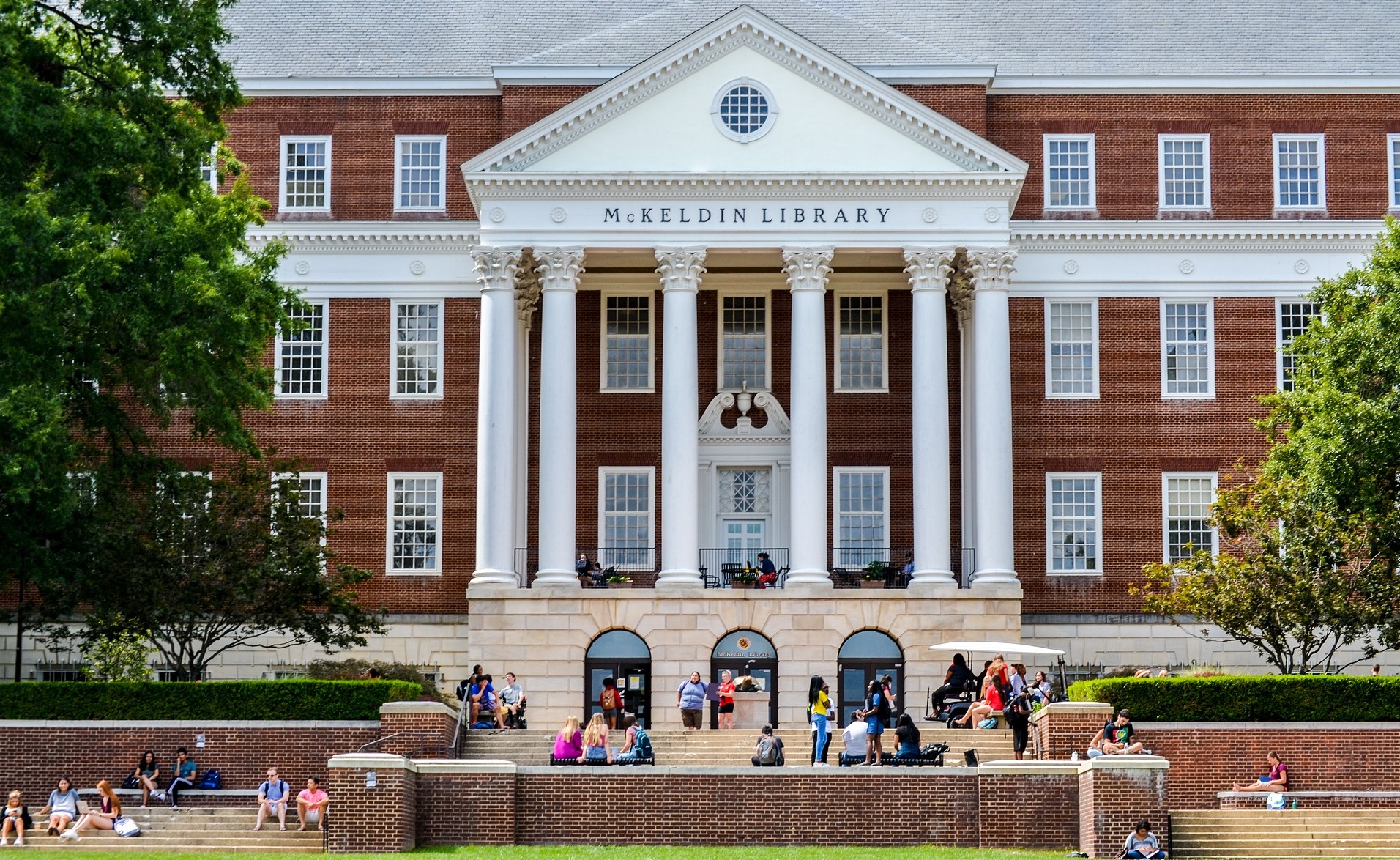
Schools often have competing interests; how do you allow students easy access to facilities, while also keeping out those who wish to do them harm? Schools are soft targets, meaning they are vulnerable to attack. Security programs must harden the school as a target, while still allowing access to authorized and safe people, which is where TEC comes in. Our security approach enhances schools’ ability to deter, detect, delay, and defend against threats.
Security Objectives: Deter, Detect, Delay, and Defend
From a planning perspective, the buildings are the architectural component of a security program, coupled with technology to support operations is the total package. Security objectives are organized to Deter, Detect, Delay, and Defend.
Deter: Deterrence involves making school facilities less enticing targets for predators. The following components of the security plan provide the first layer of security:
- Access points
- Traffic flow (on grounds as well as in buildings)
These systems deter an aggressor’s ability to enter the building. Door control must comply with local fire/life safety codes; school staff must be able to exit the building in emergencies.
Detect: Technology plays a role in the “detect” objective. Intrusion detection devices, such as door contacts that monitor the door position, are critical.
This is where video surveillance plays an important role. Video can be used to detect the whereabouts of the aggressor. Video systems come with many features and functions, but there are some limitations that clients should be aware of. Many times, the operations cannot support these systems’ sophisticated features. For example, an artificial intelligence feature requires monitoring and maintenance. Additionally, surveillance systems can be programmed to allow law enforcement to access video clips from their smartphones, and only those officers are able to use that feature. Therefore, it is recommended that clients consult with their SRO regarding all additional features.
Delay: Delaying an aggressor’s attack involves increasing the amount of time it takes for them to breach a facility’s deterrence systems. The longer it takes for an aggressor to enter a school facility, the more time school staff and safety officers will have to protect students and address the threat. Systems that can defend a facility can also delay attackers. Those systems include:
- Emergency lockdown, which can delay entry into individual rooms
- Ballistic glass, reinforced walls, and delayed doors, which can allow occupants more time to address the threat
- Strengthened entry and perimeter doors, which can hinder an attacker
Defend: Last, but not least is communications. As part of a school’s defense, can school leadership notify their staff and students of an active aggressor? Is there a public address system or intercom system? How will administrators notify staff to defend themselves and the students? Can staff communicate back to ask for help?
Security Systems
As mentioned previously, the following systems must all operate together to protect school facilities:
- Access control
- Door control
- Intrusion detection
- Video surveillance
- Communications system
These systems all need to work together to provide optimal security for inhabitants. This is a deeper look at each system, what to look for when seeking them, and how TEC approaches its design and maintenance.
Access control: Access controls systems are the main manager of the security technology systems. These systems provide management of doors, intrusion detection devices and provide identity management based on authorization privileges established at implementation and modified when needed. They can be unified or integrated with video systems. These system have become complex and powerful, managing display or activity, report generation and control of entry by time of day and person.
Door control: Entry into or movement within a school can and should be controlled by these doors that can act as barriers. These barriers become critical in a lockdown mode. The access control system provides management tools to be able to intelligently determine if a door should be open, closed or locked. These doors require electronic door hardware to make this happen.
Intrusion detection: Every perimeter door should be equipped with door position devices to ensure that the school is secure from unauthorized access. Additionally, schools should have motion detection devices within the building for after hours intrusion or movement monitoring.
Video surveillance: Cameras can provide real time visual information about movement in the schools. The cameras should be connected to video management systems that provide management of viewing by authorized people and not violate privacy. This could include sending real time video to emergency responders when an incident occurs.
Communications systems: It is so important to have effective communications systems that can annunciate emergencies to allow occupants. The communication is usually audio, but may need to be augmented with video displays to ensure all people are notified. The communications systems are key to putting in motion the appropriate emergency response plans.
Conclusion
It is evident that schools must have a security program planned, rather than contracting a technology provider, who may not have the proper tools to protect against the adaptive aggressor. A proper school security program integrates the following systems to protect occupants: access control, door control, intrusion detection, video surveillance, and a communications system. These plans should be something that can be shared with parents of students. In a recent study, 44% of K-12 parents fear for their children’s safety at school. Sharing that the school has a plan can help alleviate some of that fear.
Telgian Engineering & Consulting is here to help create and maintain these systems so schools can protect students and faculty.
About the Author

His expertise includes extensive knowledge of operational security, technology and emergency management programs, as well as the direction of emergency management personnel and operations such planning, organizing, budgeting and directing security programs and activities. In addition, he is an expert in the development and coordination of disaster preparedness plans, as well as the mitigation of, preparation for, and recovery from hazards and disasters.
Reach Lauris Freidenfelds directly at lfreidenfelds@telgian.com
Additional safety and security articles of interest by Lauris Freidenfelds include:
- How Do Security Controls Help Implement a Corporate Security Policy
- Evacuation Essentials: Proper Planning Prevents Panic
- Preparing For Events That Could Require Evacuations
- Incorporating the Four Elements of Emergency Management
- How COVID-19 has Changed Visitor Management
- Best Practices: Healthcare Security
- Prioritizing Workplace Violence Prevention